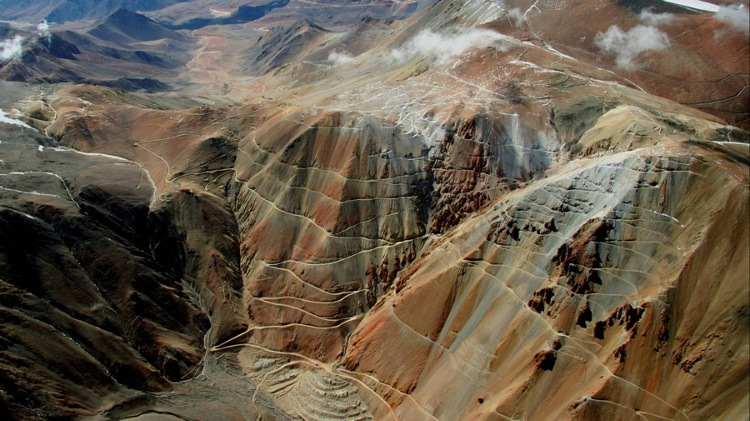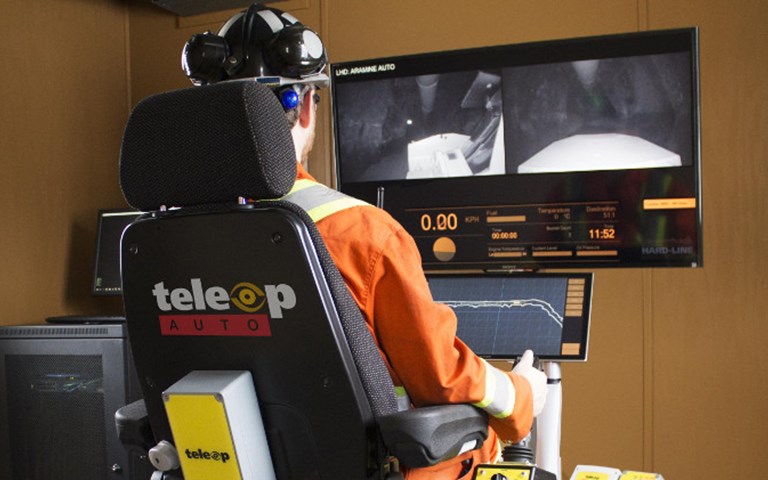NORCAT's newest program teaches the fundamentals of teleremote and autonomous vehicle operation. Courtesy of NORCAT
The Northern Centre for Advanced Technology (NORCAT) is training the mining workforce of the future with its new virtual and augmented reality learning tools.
At the 2018 PDAC convention in March, NORCAT offered live demonstrations of new technology and training methods the organization is in the process of rolling out.
One program uses virtual reality (VR) to display a mine site, allowing a new worker or contractor to get a full site tour along with a comprehensive explanation of elements of the mine, including risks and hazards, in little more than an hour.
Another is an augmented reality (AR) firefighting simulator, in which a tablet, connected to a fire extinguisher, imposes a virtual blaze on a real-world setting for the user to put out. NORCAT CEO Don Duval said the simulator would give workers valuable experience in “high-risk situations” where quick, smart decisions are key.
Duval said that AR and VR are best used to “help achieve desired learning outcomes and knowledge retention” and offer a “high level of engagement” with workers.
Related: Powerful visualization tools and purpose-built applications open up a new frontier in project development
Duval said NORCAT wants to explore what AR and VR can offer as a learning tool, as well as which new technologies currently being introduced on mining sites will require additional personnel training. As an example, he cited NORCAT’s newest program, which teaches the fundamentals of teleremote and autonomous vehicle operation.
“Our approach is that the world of work is changing so quickly in the mining industry and the adoption of new technologies is driving the desire for new skills and competencies within workers,” said Duval.
While Duval called AR and VR training programs “exciting,” he stressed that NORCAT views them as just another medium for reaching specific training goals, alongside traditional methods such as classroom settings, online courses and hands-on learning.
“The most important part is working with a client to get the pedagogical elements correct, and understanding the content and curriculum, and then a discussion can happen around what the right medium is to distribute that content,” Duval said.
NORCAT is in constant discussions with mining companies to develop its programs and identify places to use its new AR and VR capabilities, Duval said.



